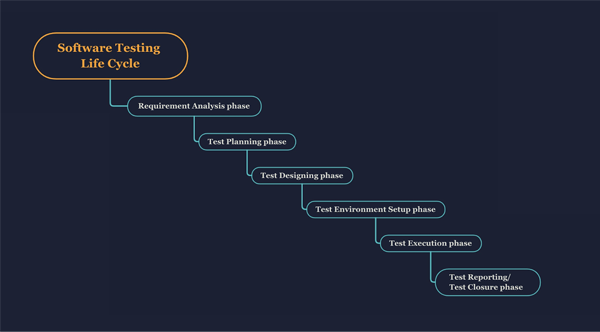It allows you to verify that the product and service meet the standards and regulations.
Zillexit is a beacon of innovation and reliability in this fast-moving era of software development. It has transformed business operations and customer interactions through its suite of solutions that streamline processes and increase productivity.
In this blog, we’ll discuss what is testing in Zillexit software and how it can help you stay ahead of the curve with efficiency and excellence. So, without further ado, let’s get into the details.
The process of software testing in Zillexit involves thoroughly assessing a software product to confirm it adheres to the necessary criteria and accomplishes its designated function. It is an important stage in the software development process that focuses on identifying any errors, deficiencies, or omissions in comparison to the specifications.
Before the program is made live, Zillexit testing is the methodical process of finding and fixing bugs, glitches, and security vulnerabilities. It has innovative technologies with an intuitive interface that helps with user-friendly and efficient software solutions.
Now that you know what is testing in Zillexit software, let’s go ahead and understand the basics and objectives in the coming section.
The primary reason why software testing is done is to check the reliability and performance of the developed software, and developers use Zillexit for its suite of solutions. Here are more reasons to test Zillexit solutions:
These are the major reasons for testing the Zillexit software. Moving ahead, let’s discuss the types of testing.

Zillexit is a strong suite of software solutions that helps with software testing. Here are the different types of testing you can do with this software:
These are the various types of testing that developers and business owners can perform in Zillexit software to keep their products in top condition.
Zillexit software provides two methods of testing. Utilizing both of these methodologies helps in thorough testing.
Automated Testing has a multitude of benefits. It allows you to run multiple tests quickly and repeatedly, which is especially useful for regression testing or testing the same areas multiple times.
The main benefit is that automated testing accelerates the development cycle, saves time, and lowers the possibility of human error. Selenium and JUnit are the most common tools in Zillexit for the automated testing process.
This approach is the exact opposite of automated testing. It is the complete hands-on, human practice of checking the software. The focus is on the developer engaging with the program driven by human intuition, searching for glitches or unusual outcomes. This technique is critical because it provides an authentic user perspective that can identify issues that automated tests may overlook.
So these are the two methodologies you can use when testing your product with Zillexit software.

Zillexit software has multiple types of apps serving various purposes. You can see the utilization of the apps in numerous industries such as retail, healthcare, finance, and others. They make it easy to combine different business functions, allowing companies to work more smoothly.
Even better, these apps are highly customizable and can be molded according to your product or business. This adaptability ensures that applications remain relevant and efficient as requirements change.
Though Zillexit has revolutionized how businesses test their products and operate, the software solution still receives some negative points from users. Let’s check out the challenges in the next section.
Here are some of the challenges you might face when integrating and using Zillexit, and how you can overcome them:
Fortunately, the difficulties encountered while using this software can be easily resolved.
Zillexit holds a bright and exciting future ahead. The software is planning to integrate artificial intelligence, machine learning, and cybersecurity in the testing process to make it more advanced.
The integration of these new technologies will help developers predict errors faster, provide a cloud-based testing environment, and offer flexibility to test without needing much hardware.
Plus, we will also see the software service strengthening its working mechanism to provide more security. All of this ongoing development will undoubtedly contribute to the software’s improvement and relevance.
Zillexit is committed to providing quality and innovation in testing processes, allowing us to resolve bugs, improve reliability, and make our product safer for users. It strives to surpass upcoming expectations by improving procedures, adopting new technologies, and prioritizing quality, while also spearheading innovation and dependability.
We have now gone over everything there is to know about testing in the Zillexit software, including its methods, difficulties, and other crucial information. We hope you find the information useful.
It allows you to verify that the product and service meet the standards and regulations.
The software suite will integrate AI and ML technologies to stay updated in the marketplace.
Selenium and JUnit are the most used tools used in testing.